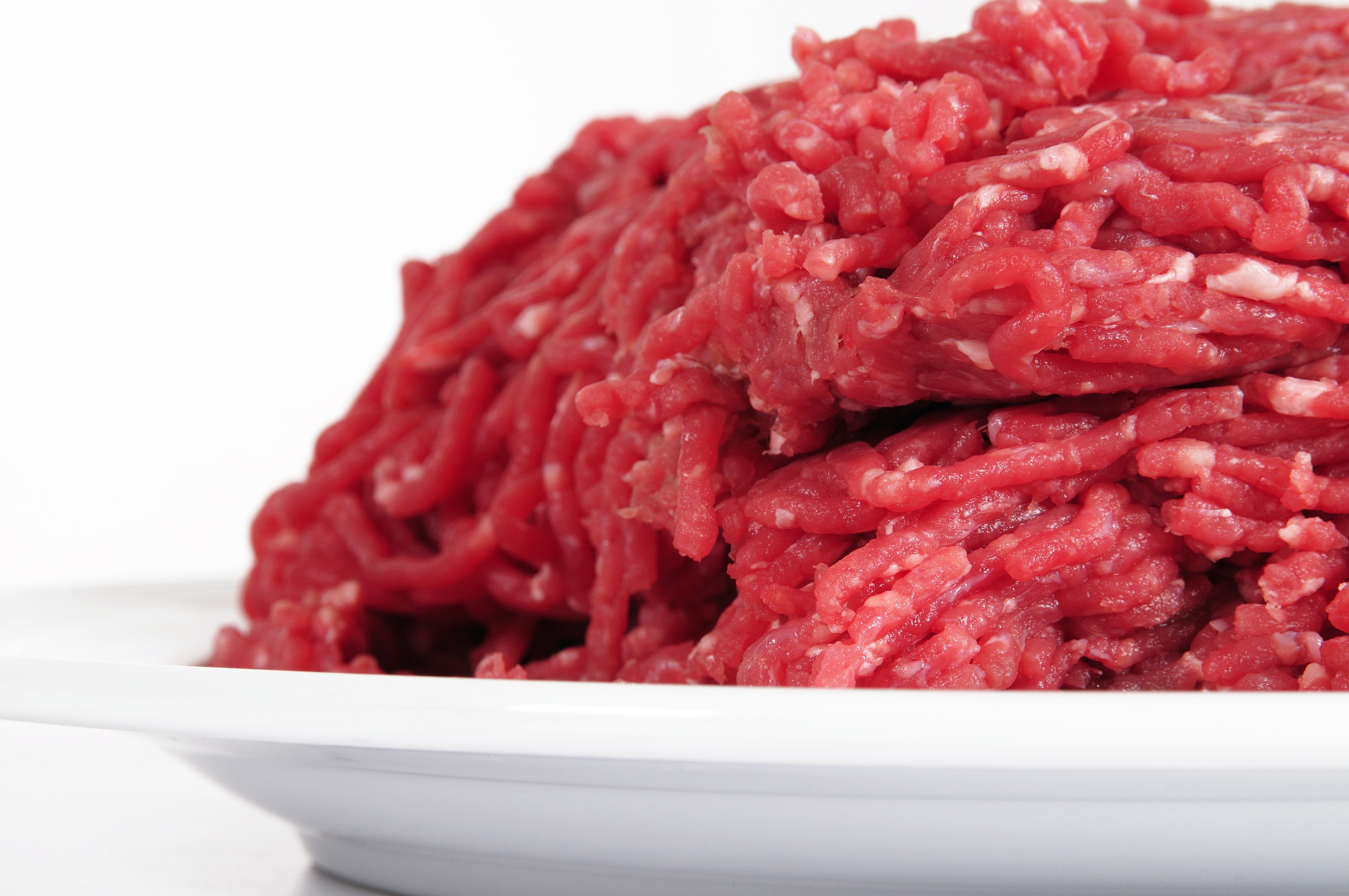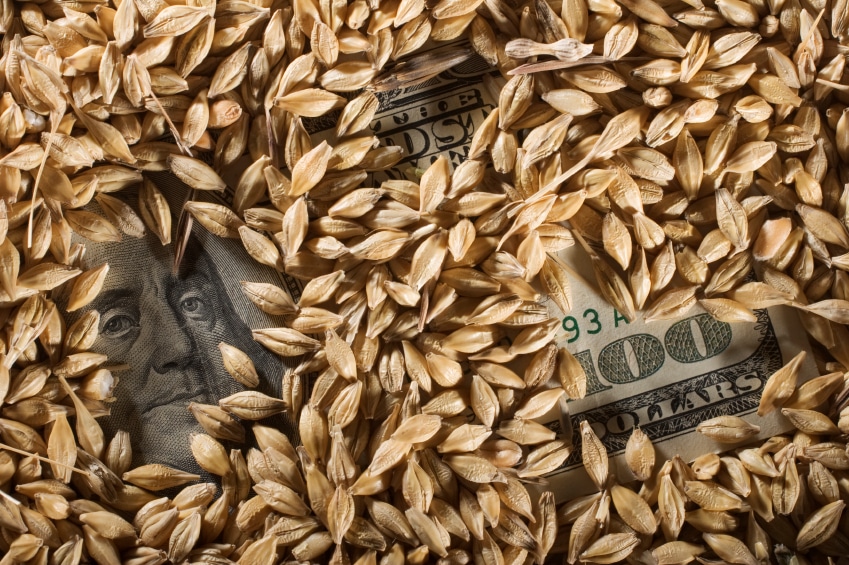May Beef Exports Shatter Value Record
U.S. beef exports set a new value record in May while also increasing significantly year-over-year in volume, according to data released by USDA and compiled by the U.S. Meat Export Federation (USMEF). May pork exports were lower than a year ago, though January-May totals for U.S. pork remained ahead of last year’s pace.
Beef export volume was 117,871 metric tons (mt) in May, the sixth-largest on record, valued at a remarkable $722.1 million, which surpassed the previous monthly high (March 2018) by a healthy 4 percent and was 24 percent higher than a year ago. Through the first five months of 2018, beef exports were up 10 percent in volume to 547,157 mt while export value was $3.32 billion, 21 percent above last year’s record pace.
Exports accounted for 13.6 percent of total beef production in May, up from 13 percent a year ago. For muscle cuts only, the percentage exported was 11.1 percent, up from 10 percent last year. For January through May, exports accounted for 13.5 percent of total beef production and 10.9 percent for muscle cuts – up from 12.8 percent and 10 percent, respectively, last year.
Beef export value averaged $313.39 per head of fed slaughter in May, up 18 percent from a year ago. The January-May average was $317.69 per head, also up 18 percent.
Following a record performance in April, May pork export volume was 217,209 mt, down 2 percent from a year ago and reflecting smaller exports of variety meats. Export value was $562.5 million, down 3.5 percent. For January through May, pork export volume was still 3 percent ahead of last year’s record pace at 1.08 million mt, while value increased 6 percent to $2.85 billion.
Exports accounted for 27.8 percent of total pork production in May, down from 29.5 percent a year ago, while the percentage of muscle cuts exported fell about one percentage point to 24 percent. For January through May, the percentage of total production exported was slightly below last year at 27.5 percent, while the percentage of muscle cuts exported increased slightly to 23.7 percent.
May pork export value averaged $55.05 per head slaughtered, down 6 percent from a year ago. The January-May per-head average was $55.57, up 2 percent from last year.
Japan, Korea lead the way as global demand for U.S. beef continues to climb
Japan and South Korea continue to be the pacesetters for U.S. beef export growth. In May, export volume to Japan totaled 30,117 mt (up 19 percent from a year ago) valued at $196.8 million (up 22 percent and the highest since August 2017). Through May, exports to Japan were up 4 percent from a year ago in volume at 128,207 mt while value increased 13 percent to $822.9 million. This included a 6 percent increase in chilled beef volume to 61,178 mt, valued at $488 million (up 18 percent).
May exports to Korea were up 46 percent from a year ago in volume (20,781 mt) and jumped 64 percent in value to a record $146.2 million. For January through May, exports to Korea climbed 34 percent to 91,875 mt, valued at $647.3 million – 49 percent above last year’s record pace. Chilled beef exports to Korea totaled 20,365 mt (up 30 percent) valued at $196 million (up 41 percent).
“Despite the intense competition U.S. beef faces in Japan and Korea, these markets continue to display a terrific appetite for a growing range of cuts,” said USMEF President and CEO Dan Halstrom. “Beef items that are traditionally popular in Asia continue to perform and other items more suitable for thick-cut steaks and barbecue concepts are gaining more traction, resulting in exceptional growth opportunities. But the enthusiasm for U.S. beef extends well beyond these two leading markets, and that’s how exports have reached this record-breaking pace.”
For January through May, other highlights for U.S. beef include:
In Mexico, exports were up 4 percent in volume (98,900 mt) and 13 percent higher in value ($427.9 million). Mexico is a critical market for U.S. rounds, shoulder clods and other muscle cuts which are typically undervalued in the U.S. market. It is also the leading destination for U.S. beef variety meat exports, which increased 15 percent from a year ago in value ($98.9 million) despite a 2 percent decline in volume (43,479 mt).
Exports to China/Hong Kong increased 20 percent in volume (57,186 mt) and 47 percent in value to $442.2 million. May exports to China were the largest (834 mt) since the market opened in June of last year, pushing the January-May total to 3,133 mt valued at $28.7 million. However, effective July 6, China’s import duty rate on U.S. beef increased from 12 percent to 37 percent. The higher tariff will make it difficult for end-users to profitably utilize U.S. beef, especially with U.S. beef already priced at a premium compared to imports from other suppliers and with Australian beef subject to a duty of just 7.2 percent through the China-Australia Free Trade Agreement.
Coming off a record performance in 2017, beef exports to Taiwan continue to gain momentum. Exports were up 31 percent from a year ago in volume (22,127 mt) and 43 percent higher in value ($209.9 million). Chilled exports increased 39 percent in volume (9,272 mt) and 52 percent in value ($116 million), as U.S. beef captured 74 percent of Taiwan’s chilled beef market.
More reliable access to Indonesia has helped bolster beef exports to this promising market, with volume increasing 52 percent from a year ago to 6,247 mt and value nearly doubling to $28.7 million. Due in part to the United States successfully challenging Indonesia’s import restrictions at the World Trade Organization, U.S. beef now faces fewer obstacles and a more consistent regulatory environment. Indonesia’s strong performance and solid growth in the Philippines helped push exports to the ASEAN region 17 percent higher in volume (18,472 mt) and 28 percent higher in value ($102.4 million).
Led by strong growth in Guatemala, Costa Rica and Panama, exports to Central America jumped 21 percent in volume (5,436 mt) from a year ago and 22 percent in value ($30.6 million).









